
On July 4, 2012 the Higgs Boson particle was discovered at the Large Hadron Collider that is operated by CERN, the European organization for nuclear research. It took 60 years to first detect the elusive particle and there is still a lot to learn about it, scientists say.
CERN closed the largest particle accelerator for maintenance work that was extended due to delays caused by the pandemic. In 2022, scientists celebrated the 10th anniversary of Higgs Boson discovery. They now hope to uncover more as LHC has gotten back in action after 3-year hiatus.
1. Is the Higgs connected to dark matter?
Since dark matter makes up about 30% of the universe's mass and considering Higgs boson's relation to mass, scientists want to find if the two are connected somehow. They may explore, for example, whether or not the Higgs boson particle decays into a dark matter particle.
As of current understanding, scientists know that the Higgs boson particle can decay into boson, fermion and muon. The goal is to see which other kind of mysterious particle the Higgs boson particle can decay into. So far no unusual particles have been detected in collider experiments.
2. Does the Higgs boson interact with itself?
Matter particles (such as electron) move through the Higgs field and acquire their characteristic mass. More interaction means more the mass attained by the particle. Scientists hope to run experiments to find if the Higgs boson particle interacts with itself as predicted by the standard model.
This is the main question about the Higgs particle right now, say scientists working at the council for nuclear research. According to the standard model, when the Higgs particle self-interacts, it would create pairs or triplets of Higgs bosons, that are yet to be detected in the experiments.
3. Are there other Higgs particles?
The Higgs boson is an excitation of the all-pervading Higgs field that helps other particles pass through it and acquire mass. For this reason, it was nicknamed the God particle by the media, although some scientists refer to it as the Goddamn particle as it took so long and multi-billion dollars to find it.
The particle which was found in 2012 has zero spin and no electric charge. Theories alternate to the standard model predict the presence of more than one kind of God particle. Detection of additional Higgs particles in the collider experiments would mean that there must be new physics out there.
4. How does the Higgs interact with matter?
One thing scientists know for sure is that the more massive a given particle, the greater its interaction with the Higgs field must be. The nuances of this are yet to be understood even though the measurements thus far match the predictions of the standard model, the precision of these measurements isn’t great enough.
Models other than the standard model propose the existence of one kind of Higgs particle that interacts only with heavy particles and another that interacts with only lighter particles. Similar exciting challenges in particle physics await scientists working at the large hadron collider.







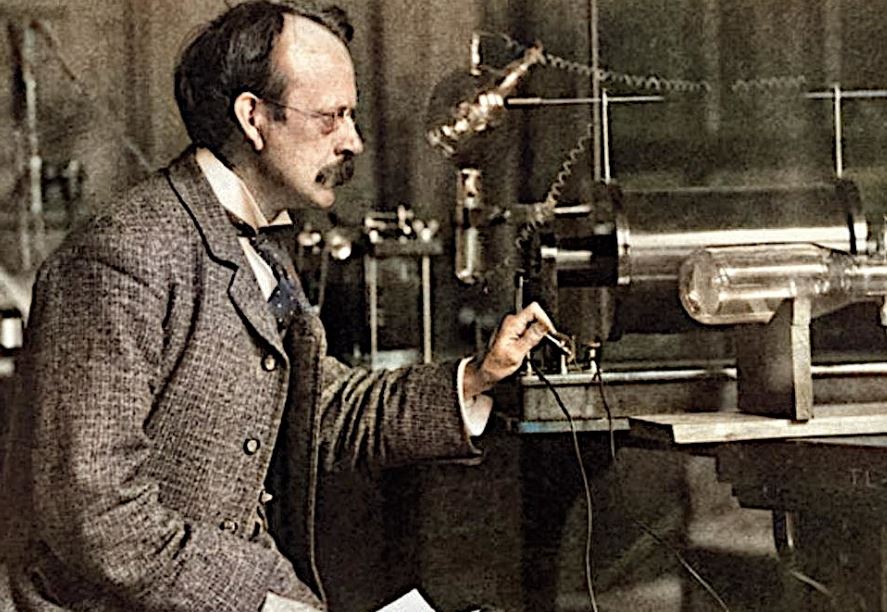








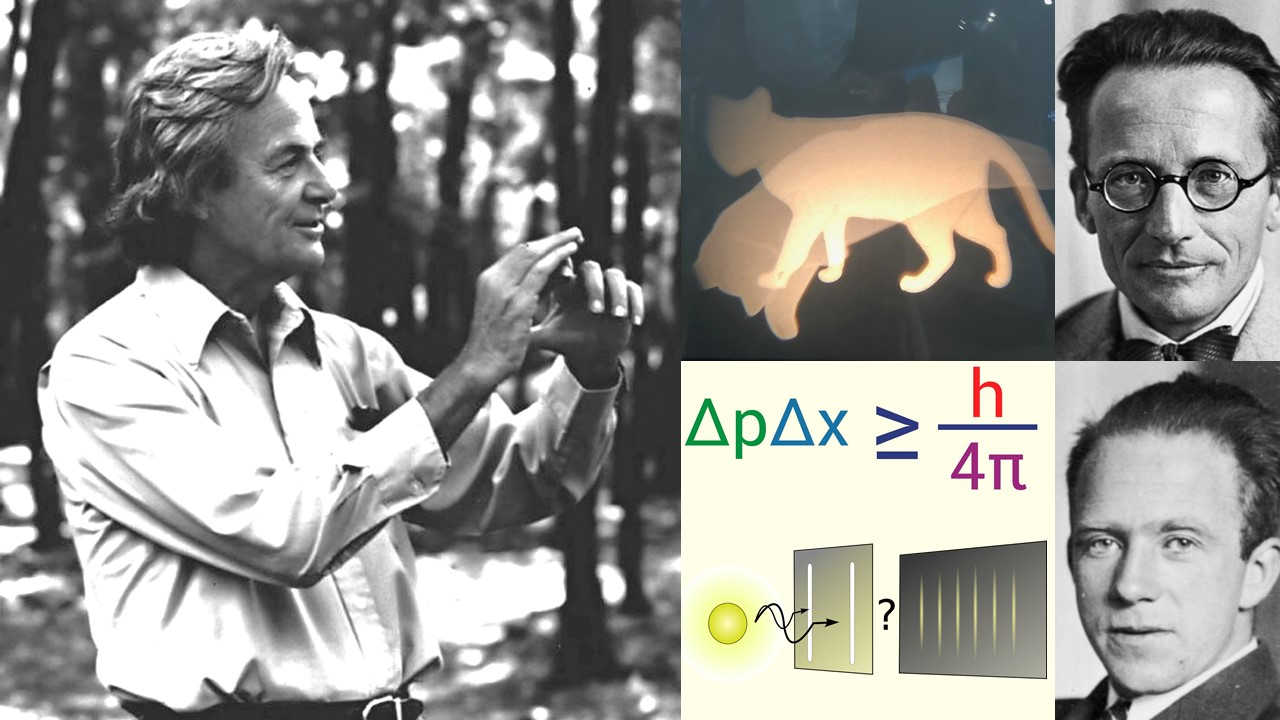
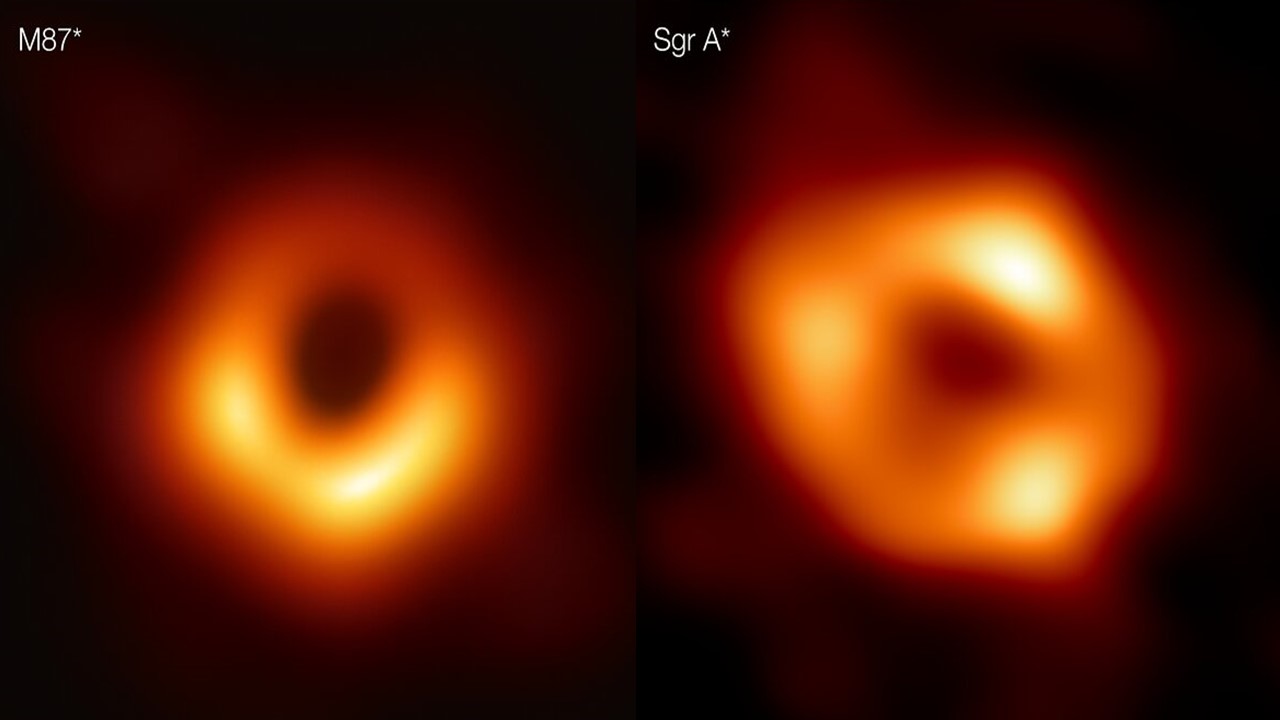




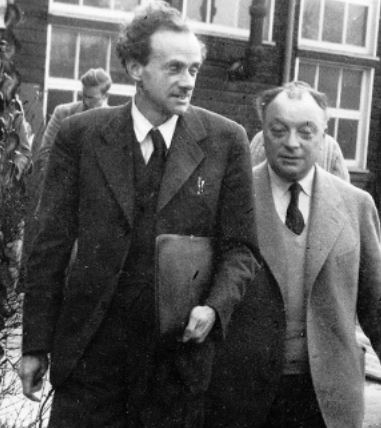
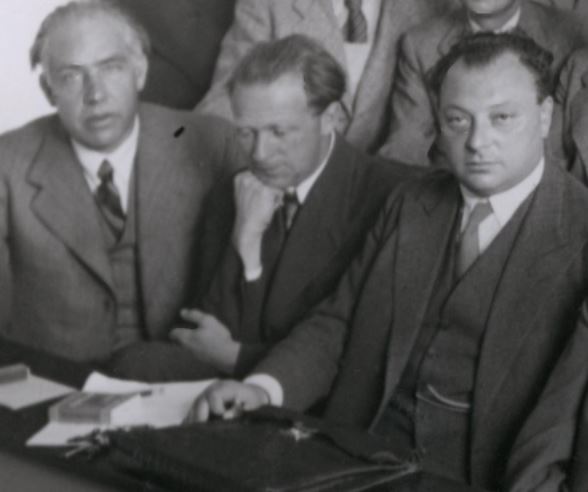






 Physics, astronomy and science history blog for students
Physics, astronomy and science history blog for students